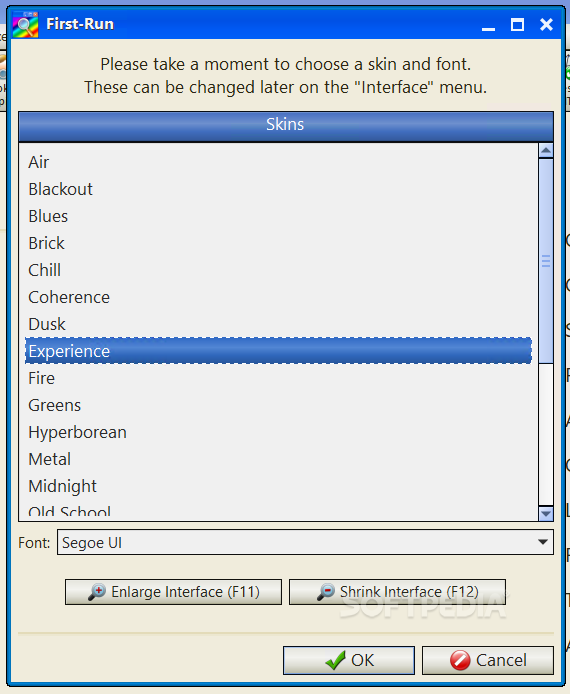
For example, the entry matches any entry that starts as For example, use to bypass any entries that begin as and To bypass addresses that have similar patterns, use multiple wildcards. Įnter a wildcard in the middle of an Internet address, IP address, or domain name that has a common beginning and ending.To bypass servers, use an asterisk ("*") as a wildcard to replace actual characters in the exceptions area of the Proxy Settings dialog box.Įnter a wildcard at the beginning of an Internet address, IP address, or domain name that has a common ending. If a port number is given, the request is processed only if all previous requirements are met and the request uses the specified port number. Address entries are case insensitive, the same as they are for the protocol type. If a protocol is specified, requests that use the address will be bypassed only if they are of the indicated protocol type. If no protocol is specified, any request that uses the address will be bypassed. Multiple entries should be separated by semicolons. If a protocol type is used, the exception entry applies only to requests for that protocol. More informationĪ proxy bypass entry may begin by using an ftp://, or gopher:// protocol type.
#Gammadyne mailer proxy setting how to
To configure the proxy setting through a group policy, see How to configure Proxy Settings for Internet Explorer 10 and Internet Explorer 11 as IEM is not available.

#Gammadyne mailer proxy setting windows
In Windows 8, the IEM settings have been deprecated in favor of Group Policy Preferences, Administrative Templates (.admx), and the Internet Explorer Administration Kit 10 (IEAK 10). In earlier versions of the Windows operating system, Internet Explorer Maintenance (IEM) is used to configure Internet Explorer settings by using Group Policy. Use the Proxy setting in the Internet Explorer Customization Wizardįor more information about this method, see Use the Proxy Settings page in the IEAK 11 Wizard. Multiple exceptions should be separated by semicolons (" ").įor more information, see Internet Explorer uses Proxy Server for Local IP address even if the "Bypass Proxy Server for Local Addresses" option is turned on.

Select the Advanced tab, and enter the appropriate exceptions in the Do not use proxy server for addresses beginning with: box. In the Local Area Network Settings dialog box, select the Use a proxy server for your LAN settings check box. On the Connections tab, select LAN Settings.

In Internet Explorer, open the Tools menu, and then select Internet Options. If you're configuring proxy settings on a user's computer after the deployment, follow these steps: To bypass more complex addresses, set up exceptions for specific addresses or wildcards by using either of the following procedures. This method bypasses the proxy for all addresses that don't contain a period (for example, These addresses will also be resolved directly. To bypass the proxy, select the Bypass proxy server for local (intranet) addresses check box in the Local Area Network (LAN) Settings dialog box.

Generally, these addresses don't contain periods. The most common reason is for local (intranet) addresses. Some network requests have to bypass the proxy. Original product version: Internet Explorer Original KB number: 4551930 Bypass proxy servers for web requests This article discusses how to use Microsoft Internet Explorer in proxy environments. The same IE11 apps and sites you use today can open in Microsoft Edge with Internet Explorer mode. The Internet Explorer 11 desktop application will be retired and go out of support on J(for a list of what's in scope, see the FAQ).


 0 kommentar(er)
0 kommentar(er)
